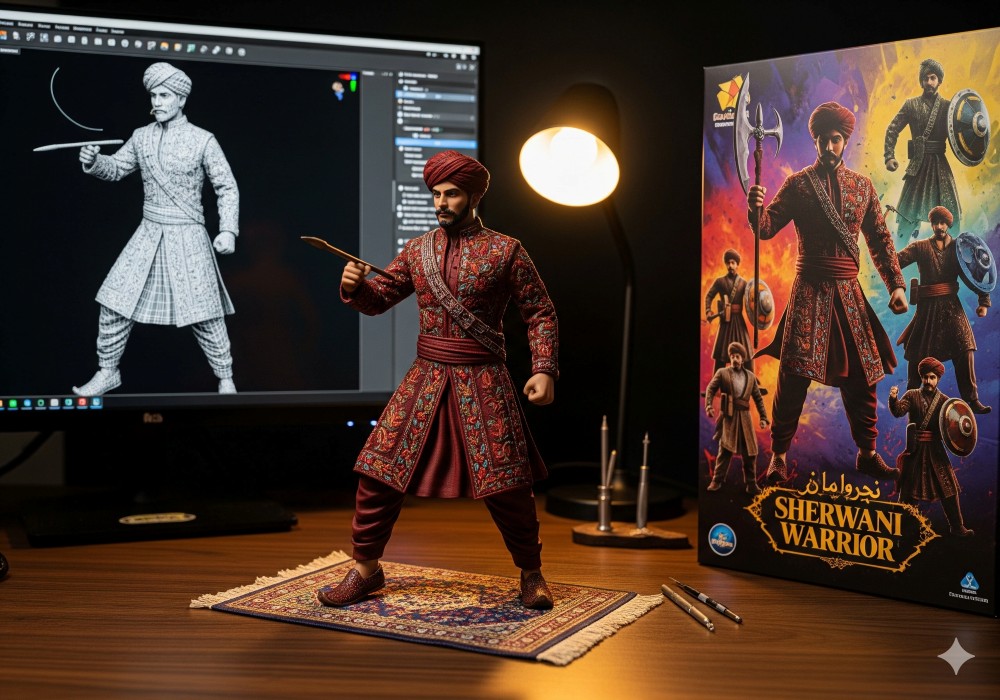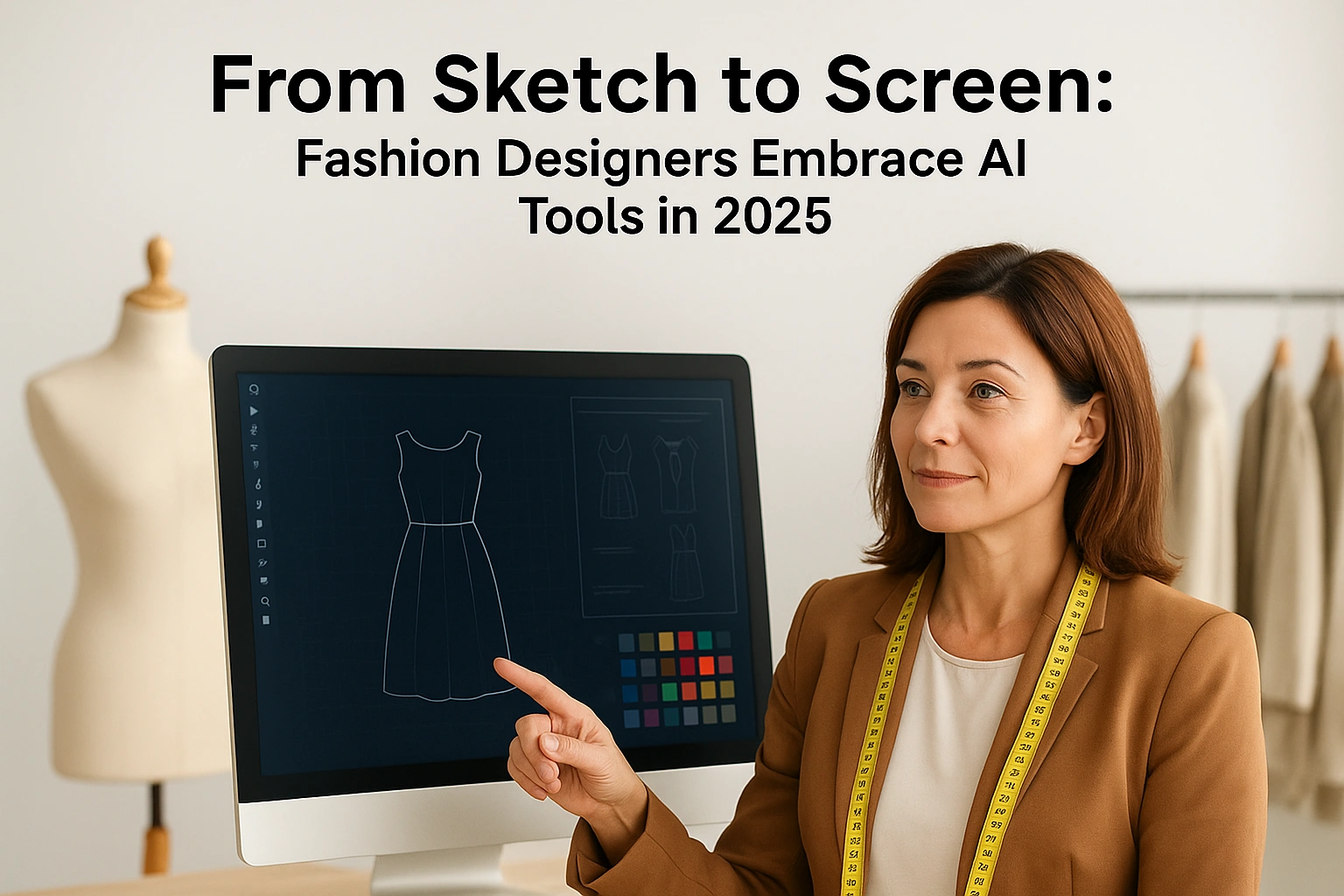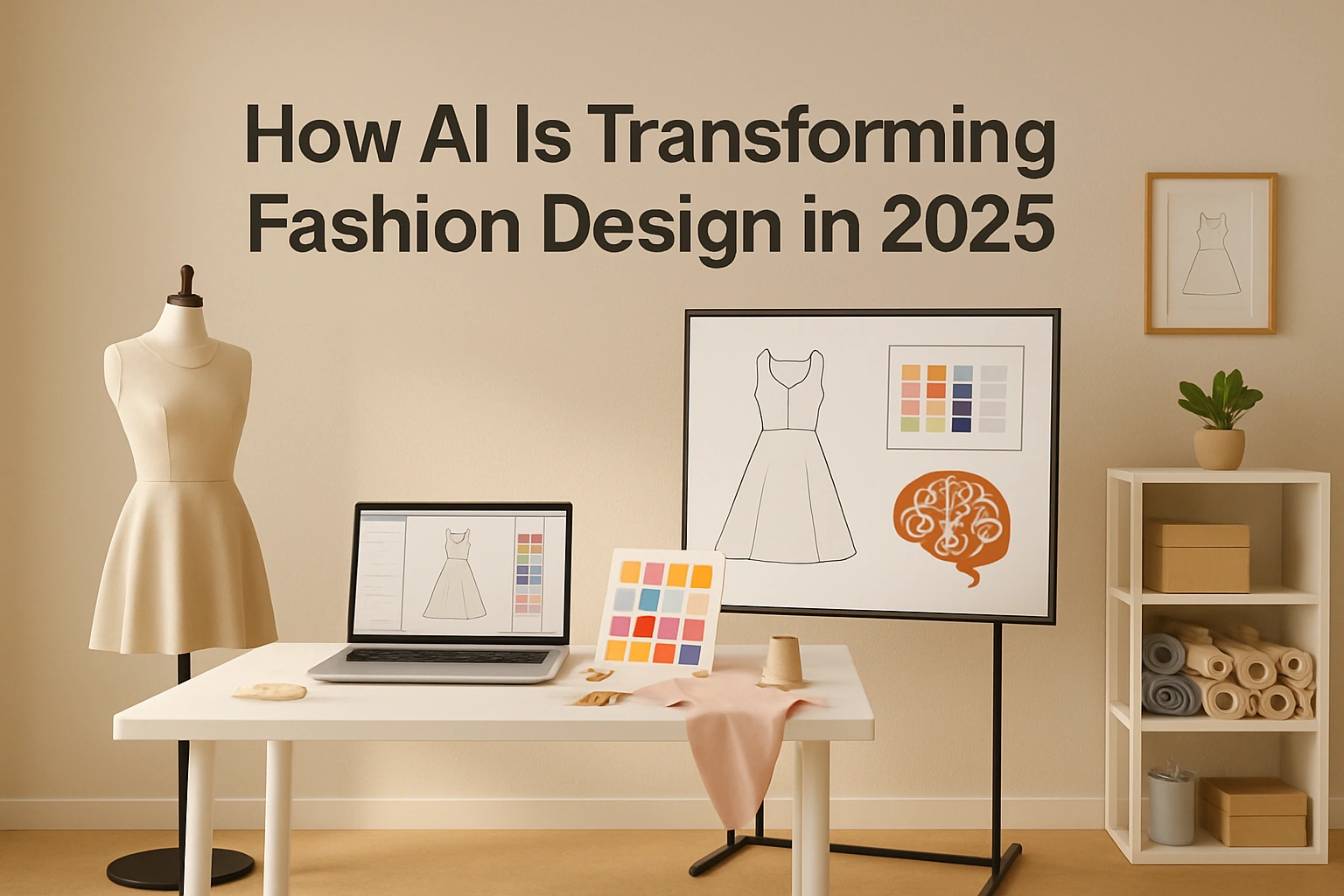
Unboxing the Hottest New Trend: Turning You into a Collectible Figurine
- September 9, 2025
- Top Search
- 2:36 pm

In Short
The latest viral AI trend turns photos into hyper-realistic collectible figurines. These images feature the figurine on a desk, a computer screen showing its 3D model, and a custom-designed toy box. The trend’s popularity comes from its ability to blend personalization, nostalgia, and accessible technology, allowing anyone to create a unique digital masterpiece.
Have you scrolled through your social media feed lately and done a double-take? Perhaps you saw a friend, a celebrity, or even a cherished family photo transformed into something utterly extraordinary: a hyper-realistic, commercially packaged collectible figurine, meticulously posed on a desk, with its own dedicated 3D modeling screen in the background. If you have, you’ve witnessed the latest, most captivating digital art trend that’s sweeping the globe, and particularly resonating with the digitally savvy population of Pakistan.
This isn’t just a new filter or a simple photo edit; it’s a profound leap into personalized digital artistry, turning ordinary moments into extraordinary virtual artifacts. It marries the childhood fantasy of having your own action figure with the cutting-edge capabilities of Artificial Intelligence, creating a “what if” scenario brought to vivid, digital life. From the bustling streets of Lahore to the tech hubs of Karachi, individuals are embracing this trend, turning their personal narratives into shareable, high-fidelity digital collectibles that feel both nostalgic and futuristic. But what exactly is driving this phenomenon? Let’s unbox this fascinating trend, piece by intricate piece.
The Anatomy of a Digital Masterpiece
To truly appreciate this trend, it’s crucial to understand its constituent elements. Each “AI figurine” image isn’t just a random creation; it’s a carefully constructed digital tableau, designed to evoke the feeling of a premium, commercially produced collectible.
The Figurine: At the heart of the image is a hyper-realistic 1/7 or 1/6 scale replica of the person(s) in the original photograph. The realism is paramount, capturing every detail from facial expressions to the intricate textures of traditional Pakistani wedding attire or formal wear. This level of fidelity is a testament to the immense progress in generative AI.
The Display: The figurine is not just floating in space; it’s grounded in a realistic, physical environment. It stands on a round, transparent acrylic base—a subtle yet critical detail that immediately signals its status as a manufactured product. This base is placed on a realistic computer desk, complete with subtle lighting and shadows, blurring the line between a digital creation and a physical photograph. A crucial and clever element is the computer screen displaying a 3D modeling process of the figurine, which adds an air of authenticity by hinting at the meticulous effort that would go into creating such a collectible.
The Packaging: No commercialized collectible is complete without its packaging, and the AI figurine trend nails this perfectly. Next to the screen, you’ll find a toy packaging box, designed to mimic high-quality collectibles. It’s printed with two-dimensional flat illustrations of the same characters, completing the illusion of a fully realized product ready for display or collection.
Together, these elements synthesize into an image that is more than the sum of its parts. It’s a narrative, a digital dream of personalized merchandise, rendered with breathtaking precision by the invisible hand of AI.
Why This Trend is Exploding
The meteoric rise of the AI figurine trend isn’t accidental. It’s a perfect storm of factors that tap into deep-seated human desires, leverage cutting-edge technology, and thrive within the dynamics of modern social media.
The Allure of Personalization: In an age where self-expression reigns supreme, what’s more personal than seeing yourself immortalized as a unique collectible? This trend offers a fresh, engaging, and deeply personal way to celebrate individuality or cherish a moment with loved ones.
Nostalgia Meets Innovation: For many, it evokes the joy of collecting toys and action figures from their childhood, but with a modern, AI-powered twist. The meticulous details of the base and packaging evoke the genuine experience of high-end collecting, making it incredibly appealing.
The “Wow” Factor and Accessibility: In the crowded landscape of social media, content needs to be eye-catching and unique to go viral. The AI figurine trend checks all these boxes. The images are genuinely impressive, prompting viewers to do a double-take and ask, “How was that made?” This inherent “wow” factor is fueled by the trend’s accessibility. You don’t need to be a professional 3D artist; all you need is a clear photo and a detailed prompt. This democratization of complex digital art creation is revolutionary, empowering anyone to become a “creator” of stunning visuals.
Cultural Resonance in Pakistan: In Pakistan, where digital adoption is soaring and creativity flourishes, this trend finds particularly fertile ground. Pakistanis deeply value capturing and celebrating personal moments, and turning these cherished photos into collectible figurines adds a novel, modern twist to commemoration. The AI’s ability to render the intricate details of traditional Pakistani attire, juxtaposed with futuristic technology, creates a fascinating cultural fusion that resonates deeply with local audiences.
The AI Behind the Magic
The stunning images you see are the result of sophisticated generative AI models. These powerful tools operate on two key principles: text-to-image and image-to-image generation.
Text-to-Image: Advanced AI models are trained on billions of images and their corresponding text descriptions. They learn the intricate relationships between words and visual concepts. When you provide a detailed prompt—describing the figurine, the environment, and the packaging—the AI acts like a digital artist, synthesizing all these concepts into one cohesive, high-quality image.
Image-to-Image: To ensure the figurine looks exactly like you, many AI tools use an image-to-image process. You provide a reference photo, and the AI uses it as a strong guide for the subject’s likeness (facial features, clothing, hair) while simultaneously applying the stylistic and contextual elements described in your text prompt. It’s a sophisticated balancing act that maintains identity while applying a dramatic artistic overhaul.
From Prompt to Masterpiece: Creating Your Own
Create a 1/7 scale commercialized figurine of the characters in the picture, in a realistic style, in a real environment. The figurine is placed on a computer desk. The figurine has a round transparent acrylic base, with no text on the base. The content on the computer screen is a 3D modeling process of this figurine. Next to the computer screen is a toy packaging box, designed in a style reminiscent of high-quality collectible figures, printed with original artwork. The packaging features two-dimensional flat illustrations.
The Future of Personalized Digital Art
The AI figurine trend is more than just a passing internet craze; it’s a fascinating glimpse into a future where the boundaries between imagination and reality are blurring. This trend is a powerful example of the democratization of complex art forms. What once required years of training in 3D modeling is now accessible to anyone with an idea and a prompt.
It hints at a future where personalized digital merchandise could become a significant market, allowing us to create and share unique digital collectibles that are both personal and widely appealing. It’s not just about creating a cool image; it’s about experiencing a piece of the future, today.
Don’t just scroll past this trend – become a part of it! Share your AI figurine creations with us in the comments below or tag us on social media. Let’s see your unique collectible masterpiece come to life!
FAQs
It’s a viral trend where people use AI to turn their photos into realistic images of collectible action figures.
No, it’s a digital image. The figurine is not a physical object you can buy or 3D print.
The image is created using an AI image generator. You simply provide a photo and a detailed text description of the figurine, its setting, and its packaging.
The trend is popular because it’s a unique blend of personalization and nostalgia. It lets anyone create a professional-looking piece of art without needing any special skills.
You need a clear photo and access to an AI image generation tool like Midjourney or Stable Diffusion

Recent Posts:


From Sketch to Screen: Fashion Designers Embrace AI Tools in 2025


